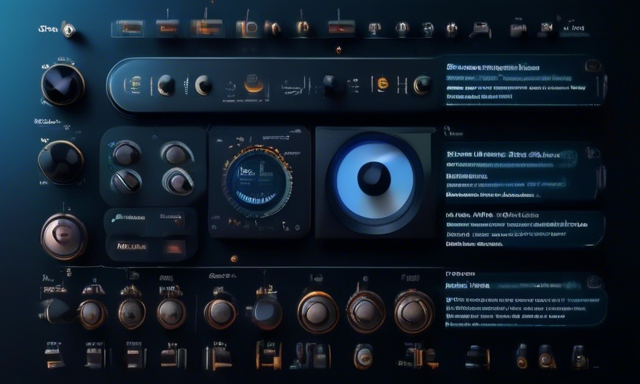Choosing the Right Audio Format for Speech-to-Text Applications 🎧
When it comes to Speech-to-Text (STT) systems, selecting the appropriate audio file format is crucial for accurate transcription. Various formats offer different advantages and considerations, impacting sound quality, file size, and compatibility with STT software. Here’s why audio format matters and how to make the best choice for your STT needs.
Understanding the Importance of Audio Format for STT 🎤
- Sound Quality: High-quality audio ensures clear speech signals, enhancing accuracy in transcription.
- File Size and Processing: Balancing detail retention with storage requirements is essential.
- Compatibility: Choosing a widely supported format ensures smooth processing without sacrificing quality.
Factors to Consider When Selecting Audio Formats 🎶
- Sample Rate: Consider a rate that effectively captures human speech frequencies.
- Bit Depth: Opt for a minimum of 16-bit for better dynamic range.
- Compression: Choose between lossless and lossy formats based on quality and efficiency needs.





 By
By
 By
By
 By
By
 By
By
 By
By